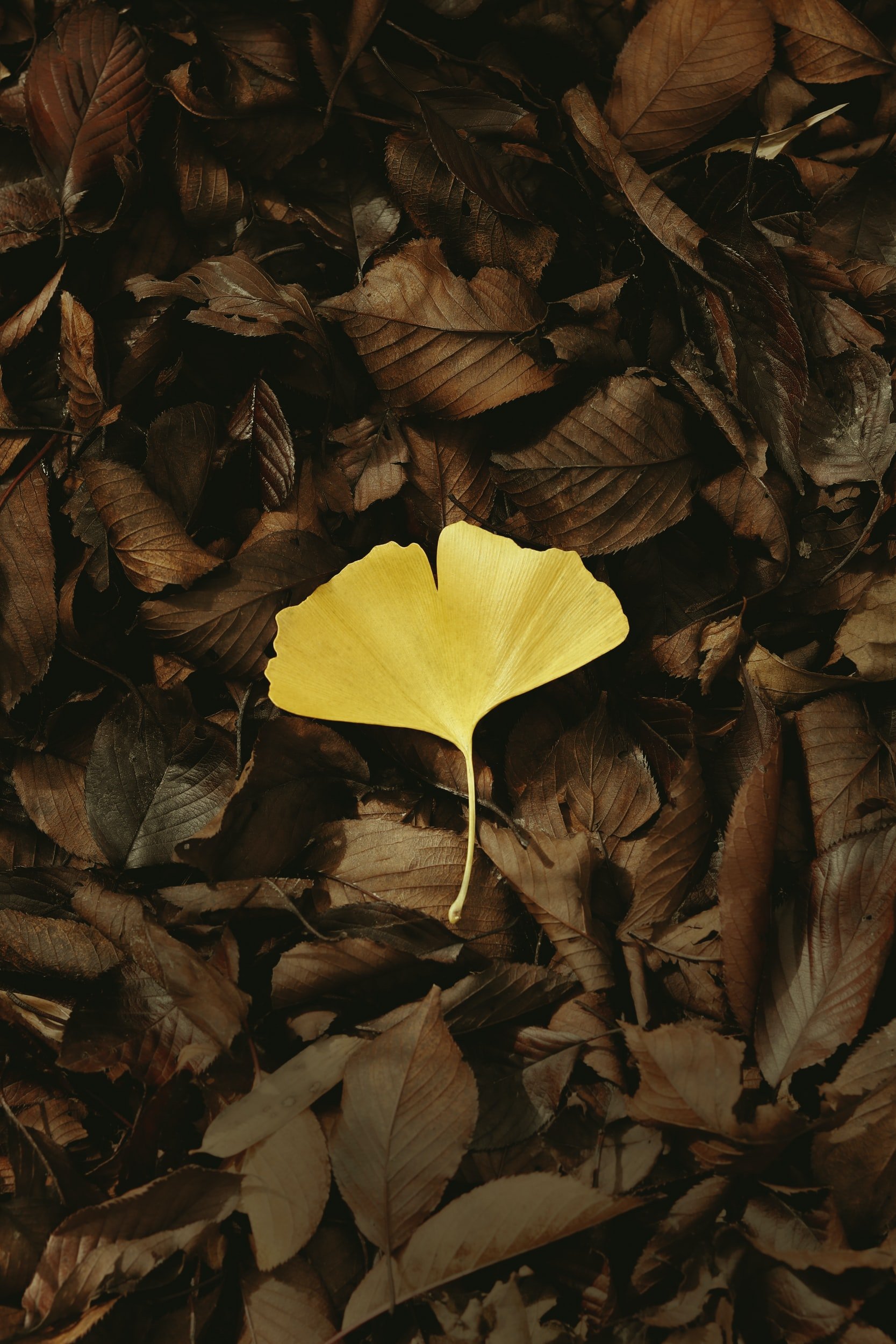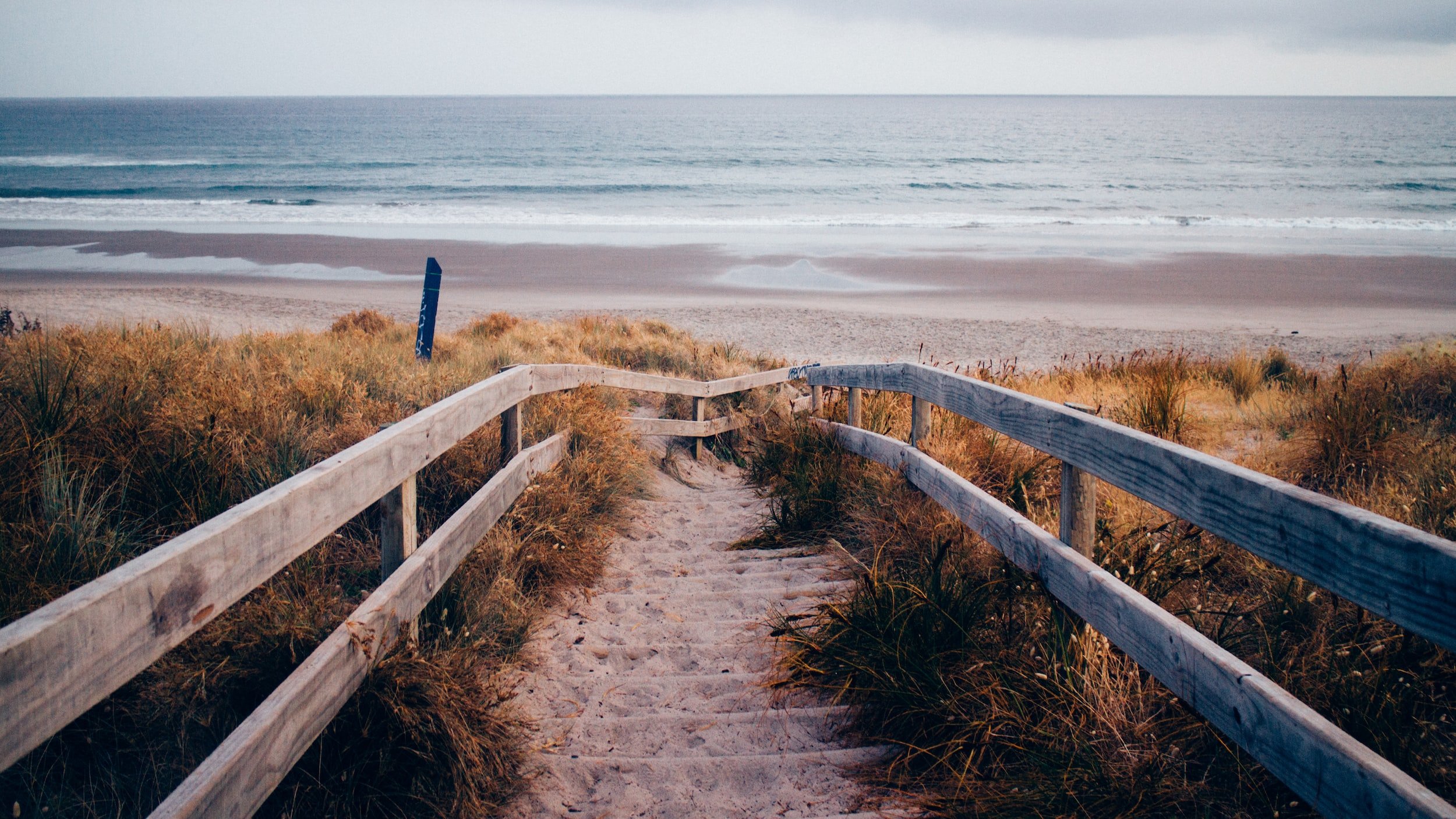
Blog
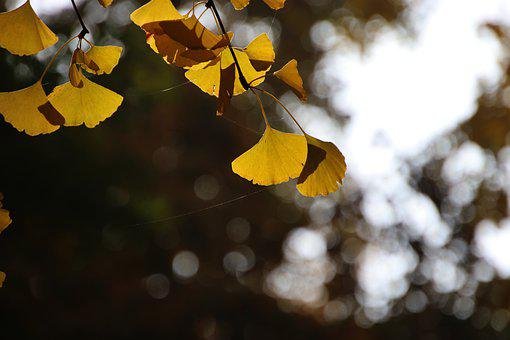
Weathered Wisdom
Who would you say are the wisdom figures in your journey… and how do you connect with them, and with their wisdom? Do you have ways of keeping their voices, teachings, stories and experiences present and active in your life? And is their wisdom, resilience and support accessible in times of struggle or prolonged stress?
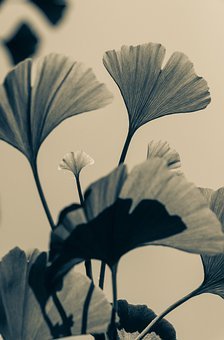
Tangled up in Zen
Doodling or drawing repetitive patterns can be very calming as well as increasing our ability to focus. There are lots of resources online for doodle patterns and you may notice that you have your own usual ones that you draw. If you bring some mindful awareness to your doodling it can increase the benefits. There are even electronic options!
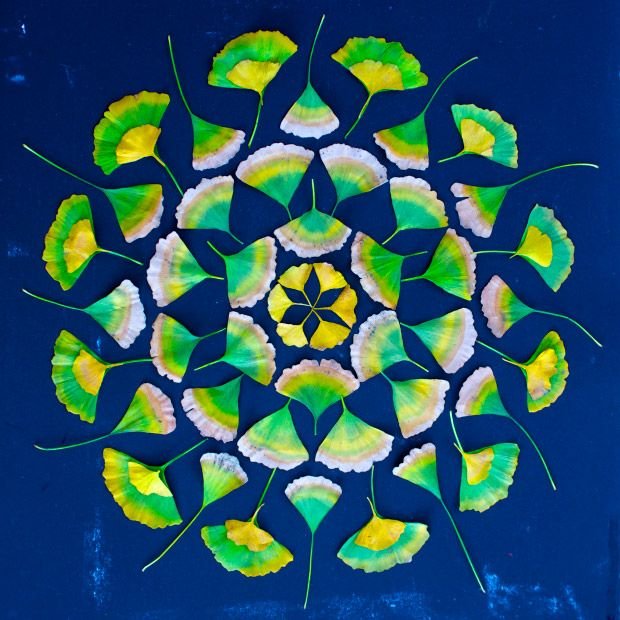
Mandala Magnetism
The word “Mandala” is Sanskrit for “circle” or “completion,” and a mandala is a circular symbol or representation that can be found in many different cultures and spiritual traditions. In Tibetan Buddhism, the creation of mandalas was collaborative, and often done in sand as a symbol of impermanence. Carl Jung, well-known in the world of psychology, viewed mandalas as “expressions of the self” and felt they represented an archetype of wholeness and unity.
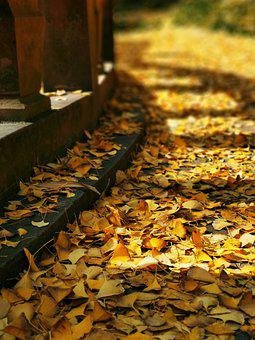
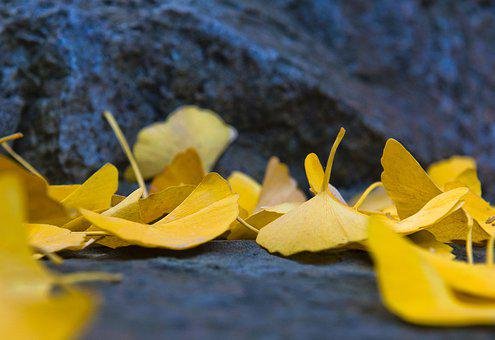
Writing Wisdom
In this age of digital devices, science shows us that putting pen to paper can make a difference in how our brains and bodies encode information – which may be enough to make it worth a try!
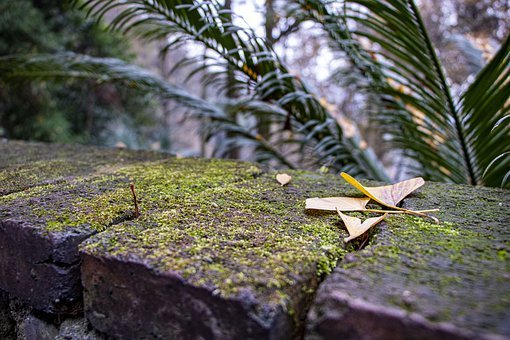
Tap into Healing
Tapping is utilized in the Emotional Freedom Technique, or EFT, which is an evidence-based practice for reducing stress, increasing immunity, improving health and resolving trauma. It is related to acupressure and other methods of healing touch that connect with certain pressure points or energy meridians in the body.
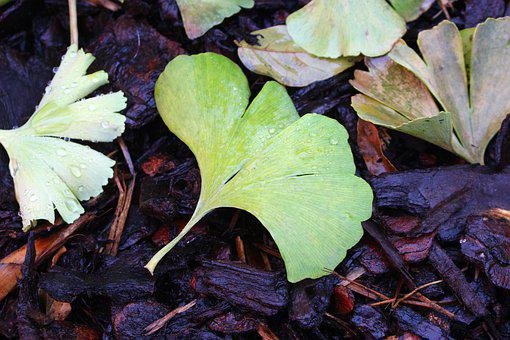
Meaningful Mantras
Mantra is a Sanskrit word derived from two roots: man (meaning “mind” or “to think”) and trai meaning to “protect”, to “free from”, or “instrument/tool/vehicle”. Therefore, mantras are tools of the mind, or tools to free the mind.
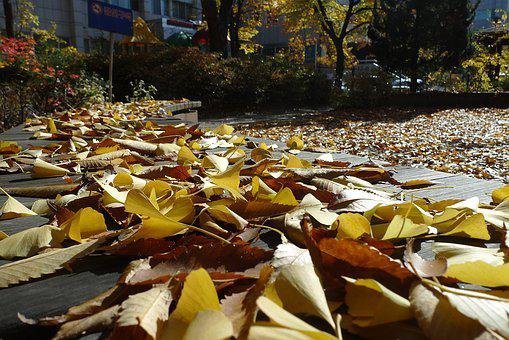
Timeless Touring
Sometimes taking a break from our daily surroundings is necessary for self-care. And for those of us who love travel, or history, or animals, or national parks, we don’t need to forfeit adventure during seasons when we aren’t able to travel!
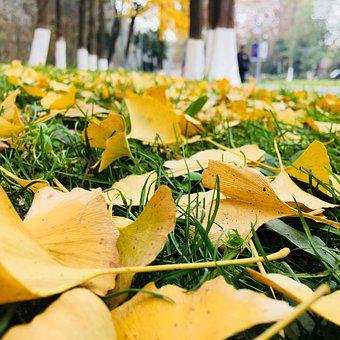
Gonna Make It
Today’s strategy is bringing hands-on creativity into the self-care mix. Sometimes a creative project is just what we need to feel energized, productive and delighted – regardless of what kinds of stressors or challenges we may be facing.
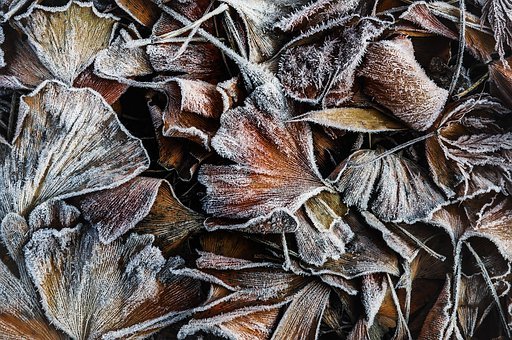
Go with the Flow
The term “flow” has a number of connotations and meanings, from fluidity and flexibility to movement and momentum. There are just as many ways to feel, and be in, a state of flow… and the following practices*** are just a few.
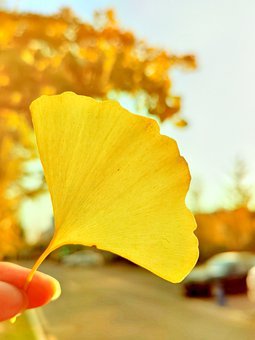
Resourcing Resilience & Recovery
Anything we can do to identify, access and increase resources – for ourselves, our families, our communities, those we serve and those in need – may be protective of our resilience, healing and recovery from both individual and collective trauma.
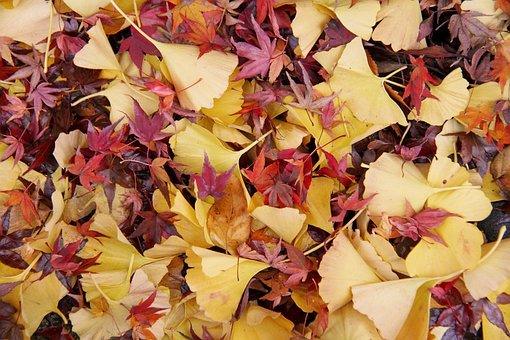
Wiggle It… (just a little bit!)
Research into the ways trauma is held in the body have led to a larger evidence base for somatic and physiological strategies for healing – including Trauma & Tension Release Exercises, or TRE, which specifically activates the body’s tremor instinct.
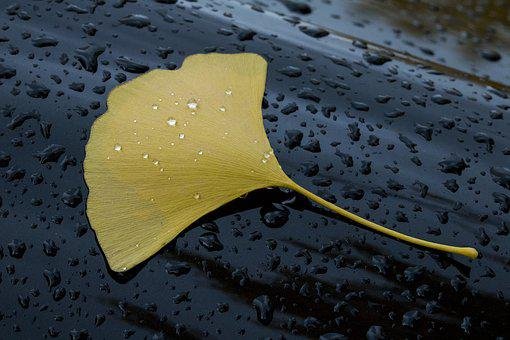
Soothing Touch
Physical touch can have a significant impact on health and healing. Many of us found this out the hard way throughout the COVID-19 pandemic. The good news is, soothing touch is something we can give as a gift to ourselves!
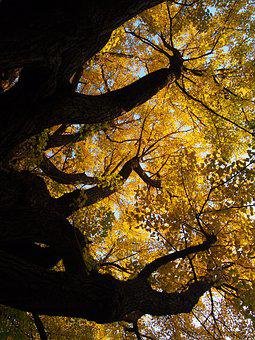
Feeling All the Feels
In the world of mental health, feelings are in the spotlight and under the microscope a LOT. Most of us, most of the time, are trying to find a balance between feeling what we feel and remaining functional in our day-to-day experience… which, for some of us, might mean forging new relationships with our feelings.
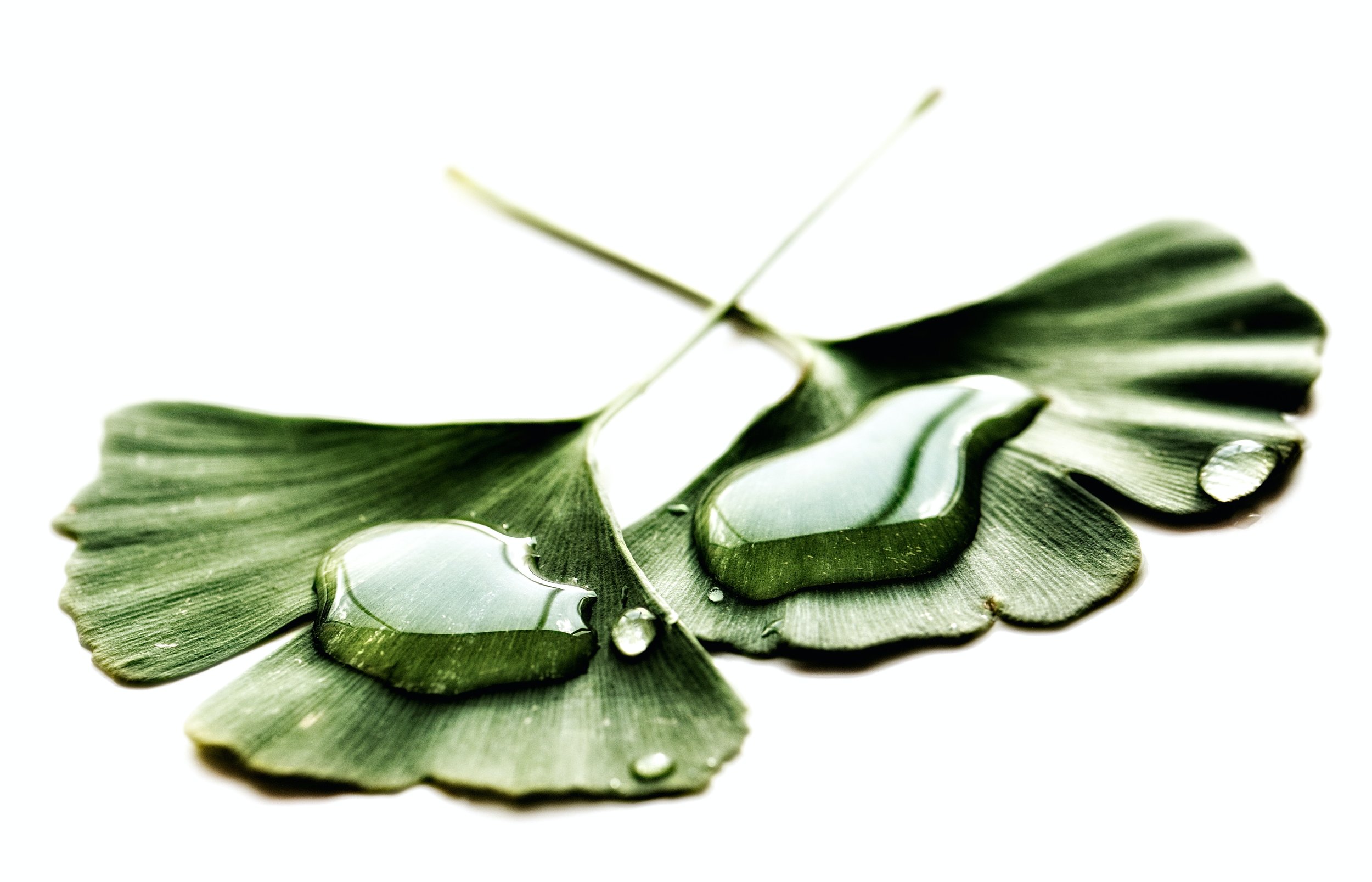
Water = Life
Among the critical functions of water in the human body: boosting energy by aiding in the absorption of essential nutrients; fighting illness by flushing toxins from the body; regulating body temperature; helping with breathing; and increasing oxygen distribution to all cells and organs.
What is your relationship with water, and what are some ways it might support your well-being as part of a self-care intention?

Bearing Witness
I use the term “witness” to refer to someone who is present, aware, noticing and paying attention to what is happening in a given moment. Every day, we are witnessing the impact of numerous situations and circumstances on ourselves and those around us, which is not always easy and can require some targeted self-care resources and support.
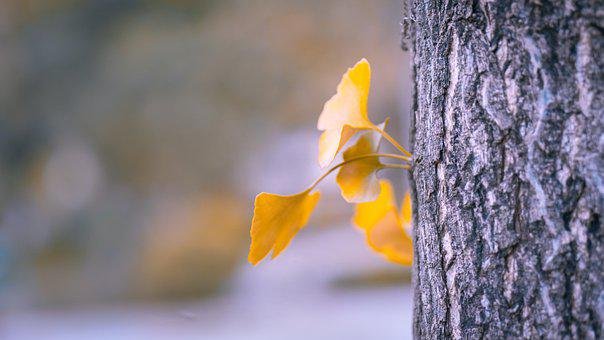
Time as a Tool
In the midst of situations where so much feels unpredictable, mental health experts emphasize the importance of intentionally creating predictability in the ways we can, and recommend creating and sticking to a specific schedule of activities that incorporate care of mind, body, spirit and connection into our every-day routines.
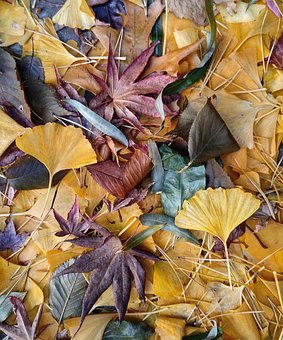
Mindful of Mindfulness
Mindfulness is one path toward an intention to be present in the moment, with curiosity and non-judgment, and to relax as best we can into whatever shows up there.
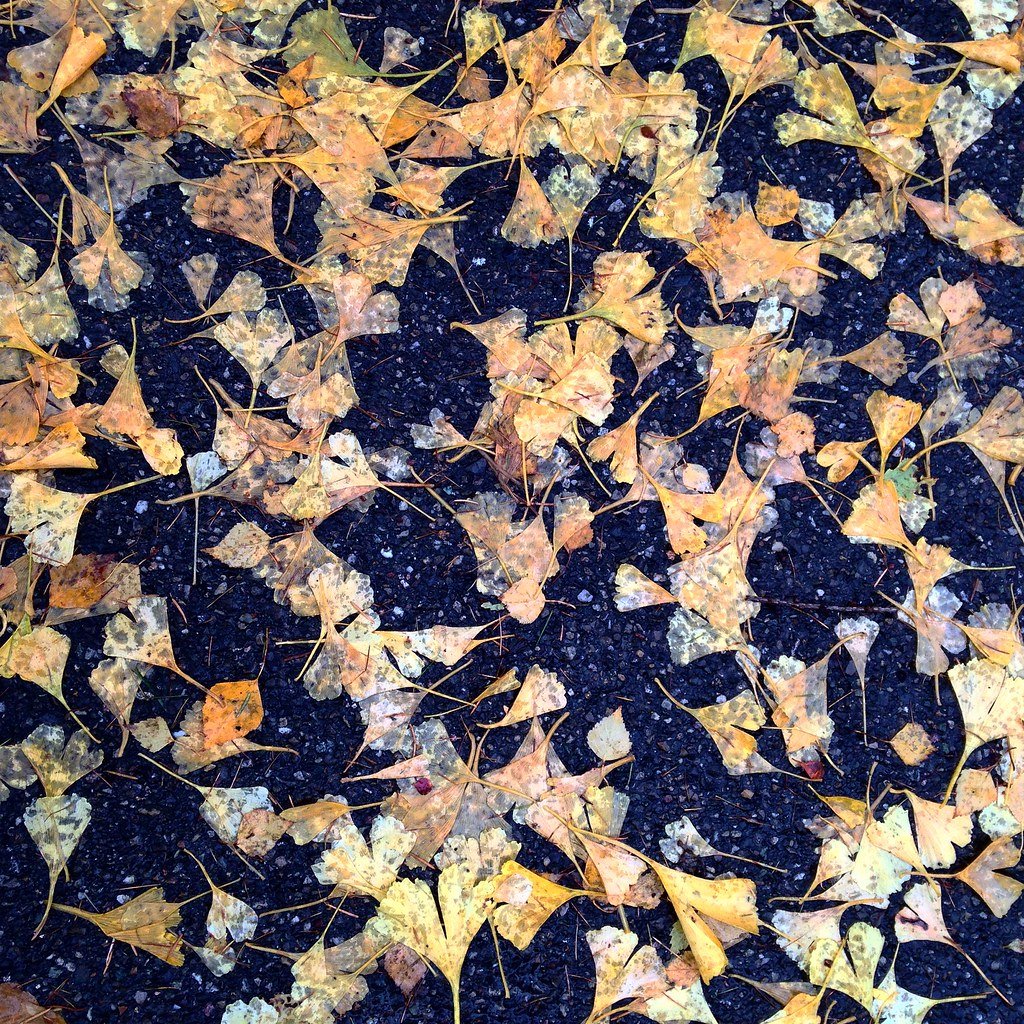
Our Brains are Biased
We live in a world in which there are legitimate, valid reasons to be attending to worried, fearful or negative thoughts. The goal is not to banish them, but to balance them by intentionally sharing our attention and energy more equally and strategically with thoughts of hope, compassion, healing, affirmation, gratitude and love which are also legitimate and valid.
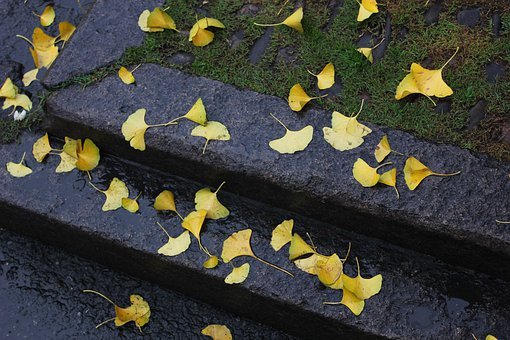
Taking, Giving, Sending, Receiving
According to Pema Chodron, “Tonglen practice, also known as “taking and sending,” reverses our usual logic of avoiding suffering and seeking pleasure.” Although it feels counter-intuitive, I have grown to love Tonglen practice for the ways it can counteract feelings of helplessness in the face of pain or suffering, and offer a path to participate in transforming that pain with compassion.
